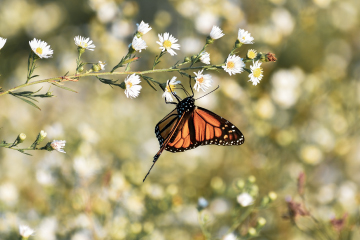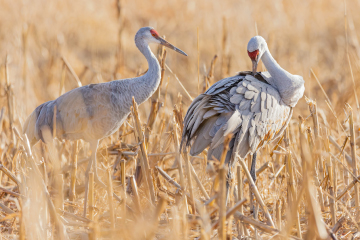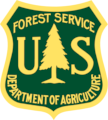New Incentives to Support Prescribed Fire in Nebraska
Nebraska’s grasslands are a national treasure. These grasslands significantly contribute to the state’s agricultural economy and support over 20 million grassland nesting birds and other resident wildlife species. Priority species include Greater Prairie Chicken, Sharp-tailed Grouse and Western Meadowlark. Managing habitats for these species is critical as many grassland obligates have experienced significant population declines and range contraction since the 1970s. For example, Nebraska’s state bird, Western Meadowlark, has had a 23% population decline since the 1970s.
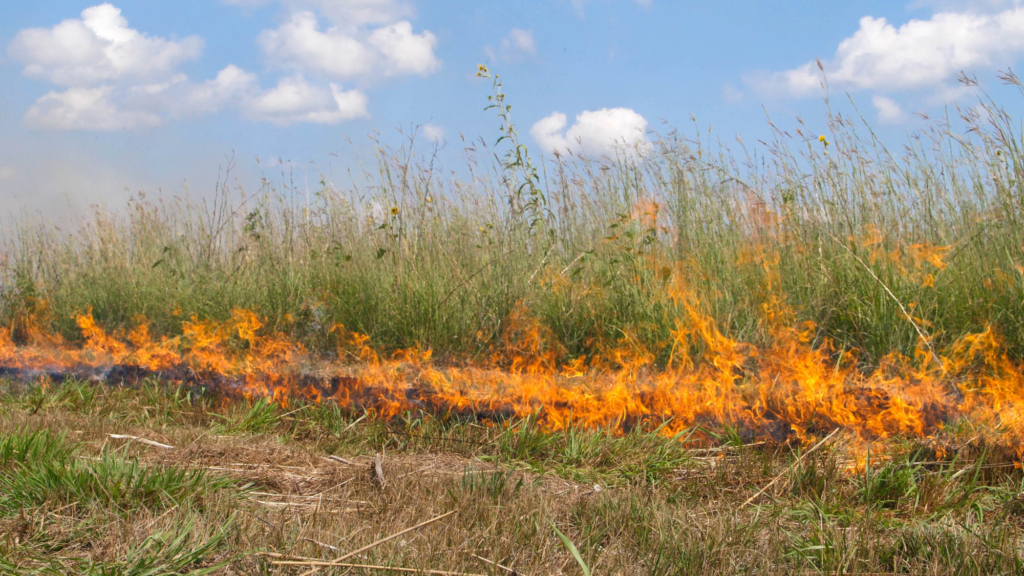
Woody encroachment by eastern red cedar and other woody species continues to threaten forage production and habitat for these priority species. Over the last decade, Nebraska’s conservation partners have significantly ramped up grassland conservation efforts. Initially, most investments focused on mechanical removal without funding for follow-up treatments to manage against reinfestation. Fortunately, landowners and natural resource professionals now recognize the threat of reinfestation and are developing solutions to maintain these grasslands. Experience has taught everyone that secondary treatments are necessary to manage against reinfestation. Prescribed fire is the most cost-effective follow-up. Large collaborative burns with several neighbors increase the safety of RX fire by increasing available labor and equipment, as well as increasing the effectiveness of the burn by creating a larger buffer against seed sources.
Over the last five years, the RWBJV has leveraged resources to acquire prescribed fire equipment and develop incentives to foster collaboration between landowners. Some examples include purchasing grass rigs, securing mobile burn units, developing a large fire incentive and providing equipment incentives. To support the Central Platte Rangeland Alliance the RWBJV leveraged $12,500 help purchase a grass fire rig. National Fish and Wildlife Foundation grant funds were used to purchase new mobile burn units. One of these units is available through the Middle Niobrara Natural Resources District to landowners while the other unit is administered by the Erickson Volunteer Fire Department and used by the local prescribed burn association. Three additional units have been purchased through a new National Fish and Wildlife Foundation grant. One of these units will be managed by the Upper Loup Natural Resources District and is available to landowners in their district. The other two units are going to a new prescribed burn association located out of O’Neill while the last is going to the existing prescribed burn association in Lynch Nebraska. These new units will be available for the 2026 spring burn season.
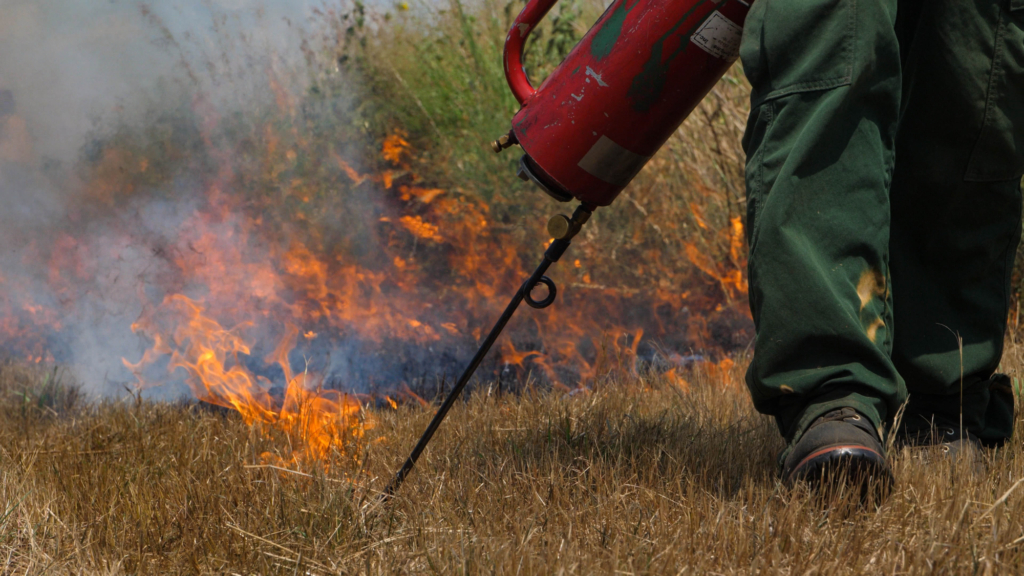
Two different incentive programs are currently being administered by the RWBJV. The Large Fire Incentive is available in the Central Loess Hills and provides landowners $20/acre to work with their neighbors to implement prescribed fire on burn units greater than 500 acres. A $25/acre incentive is available to landowners who work together to implement prescribed fire on burn units greater than 1,000 acres.
The equipment incentive is available to landowners in the Sandhills that assist with neighboring prescribed fires. These individuals are reimbursed at the wildland fire reimbursement rate (i.e. $20/hr. for crew members, $500/day for a grass rig, $800/day for a water tender) for their participation. Incentives are capped at $3,000/year/individual. These incentives have helped offset maintenance and operation costs to use this equipment, which has helped ensure adequate equipment is available to support safe implementation of larger prescribed burns.
This diversity of equipment, programs and incentives have been successful with landowner interest exceeding the funding available to support these activities. In 2025, RWBJV support resulted in more than 20,000 acres of safe prescribed fire. As the new mobile burn units and additional equipment come on-line the acreage impacted will continue to significantly increase.
